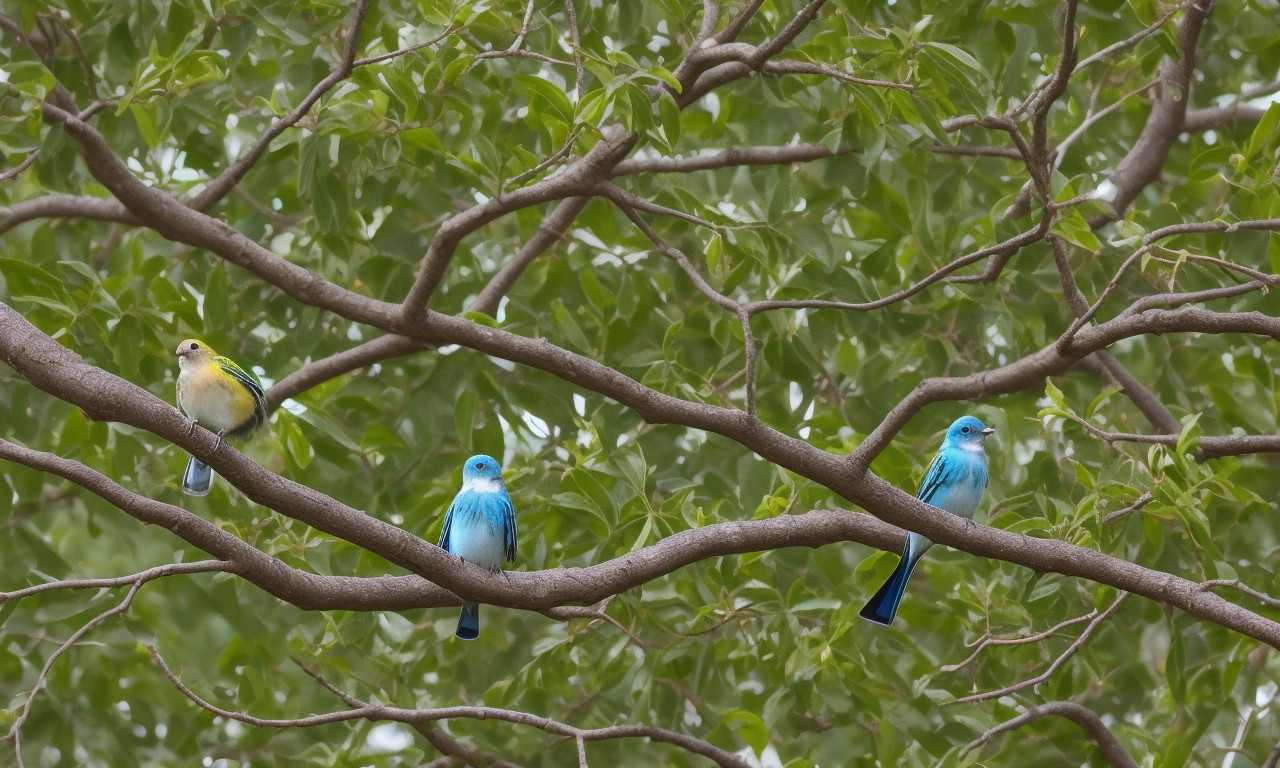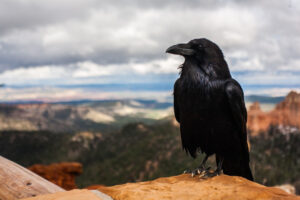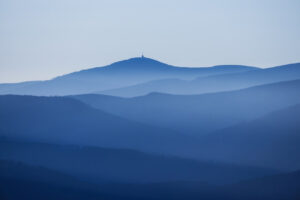Houston, a bustling urban oasis, is not only renowned for its dynamic culture and vibrant city life but also serves as a sanctuary for an array of stunning backyard birds. With its warm climate and diverse habitats, the city has become an idyllic location for birdwatchers looking to catch a glimpse of these feathered marvels. From the coastal estuaries to the expansive Texan skies, Houston’s avian population is a colorful tapestry, mirroring the richness of the region itself.
Beneath the canopy of Houston’s green spaces, these resident and migratory species offer glimpses into the intricate dynamics of Mother Nature, providing bird aficionados and casual observers alike with unforgettable sights and sounds. This guide unveils the mesmerizing display of birds that find solace in the backyards of Houston, each bringing its unique melody and palette to the urban landscape. So, grab your binoculars and prepare to explore the birdwatcher’s paradise nestled in the heart of Texas.
Indulge in the Splendor of Houston’s Avian Residents
Houston’s geographical placement along the migratory route known as the Central Flyway affords it a rich variety of bird species. Amidst the city’s green enclaves, a fascinating world awaits those who take the time to look up and appreciate the winged wonders overhead. Whether you’re stationed with a camera in your garden or strolling through a local park, the birding experience in Houston is nothing short of ethereal.
Related article; water birds of texas
The Northern Cardinal: A Flash of Crimson
- Scientific Name: Cardinalis cardinalis
The Northern Cardinal, with its deep crimson plumage and memorable crest, is undoubtedly a jewel among Houston’s birdlife. These birds maintain a perennial presence, brightening backyards and woodland edges alike with their vivid hues and sweet whistles.
Related article; wading birds of florida
Characteristics
- Males are renowned for their striking red feathers, while females don a more subdued tan with reddish accents.
- The robust bill is perfect for cracking seeds, which comprises a major portion of their diet.
Habitat Tips
- Attract these beauties with sunflower seeds or safflower seeds in hopper or platform feeders.
- Plant dense shrubbery to provide nesting sites and cover.
The Blue Jay: Shades of Sky and Ocean
- Scientific Name: Cyanocitta cristata
With feathers that mirror the patchwork of the skies and seas, Blue Jays are not only a treat for the eyes but also possess intellect and curiosity that captivate the observer.
Related article; native birds of america
Characteristics
- Recognizable by their blue crest, black necklace, and loud jay-jay call.
- They are known for their intelligence, often mimicking the calls of hawks to deter other birds.
Habitat Tips
- Offer peanuts or suet in your backyard feeders to draw them near.
- Blue Jays prefer oak trees, so planting these may provide a natural lure.
The American Robin: The Harbinger of Spring
- Scientific Name: Turdus migratorius
Marking the arrival of warmer seasons, the American Robin is synonymous with springtime. These birds offer a cheerful presence and are appreciated for their early morning songs and earth-toned feathers.
Related article; common birds of usa
Characteristics
- With their iconic reddish-orange belly and brown back, they are easily identifiable.
- Earthworms, insects, and fruit comprise much of their nourishment.
Habitat Tips
- Maintain a birdbath in your yard for robins to drink and bathe, as they are attracted to water.
- Plant berry-producing shrubs to provide a food source.
The Mourning Dove: A Symbol of Peace
- Scientific Name: Zenaida macroura
The Mourning Dove is the embodiment of tranquility with its soft coos and slender, delicate form. These doves are prevalent within the region, gracing the skies with their serene flights at dusk and dawn.
Related article; national birds of usa
Characteristics
- Exhibits a light tan coloration with black spots on the wings.
- Known for their mournful cooing, which adds a layer of peaceful ambiance to Houston’s backyards.
Habitat Tips
- Scatter millet or cracked corn on the ground or use platform feeders to welcome them.
- Growing dense shrubs and trees provides nesting sites.
The Ruby-throated Hummingbird: Houston’s Tiny Dynamo
- Scientific Name: Archilochus colubris
These vivacious birds bring an electric energy to any garden, buzzing from flower to flower in a tireless quest for nectar.
Related article; The Eagles of USA
Characteristics
- The iridescent ruby-red throat found on males is the hallmark of this species, while females are more subdued in color.
- They are nimble fliers, capable of hovering and even flying backward.
Habitat Tips
- Install hummingbird feeders filled with sugar water to attract these diminutive dynamos.
- Plant native flowers like trumpet vine or salvia to provide natural nectar sources.
The Red-bellied Woodpecker: A Melodic Carpenter
- Scientific Name: Melanerpes carolinus
Despite its name, the Red-bellied Woodpecker’s most noticeable feature is the bold red stripe along its head. Their persistent drumming is a familiar sound, often echoing throughout Houston’s neighborhoods.
Related article; USA’s Birds of Prey
Characteristics
- Look for the zebra-striped back and bright red cap.
- Their diet is varied, with a penchant for insects, fruits, and nuts.
Habitat Tips
- Suet feeders are incredibly effective in enticing them to your personal space.
- Preserve dead trees or large limbs for natural pecking and nesting sites.
The Carolina Chickadee: The Charismatic Songbird
- Scientific Name: Poecile carolinensis
This social and energetic bird charms with its complex songs and endearing personality. Carolina Chickadees often travel in mixed flocks, providing ample entertainment for birdwatchers.
Related article; of The Most Beautiful Birds of America
Characteristics
- Small with a distinctive black cap and bib against white cheeks.
- Inquisitive and friendly, these birds are a delight to observe up close.
Habitat Tips
- Offer black oil sunflower seeds in tube feeders for an ideal dining experience.
- Set up nesting boxes to encourage them to reside nearby.
The White-winged Dove: An Expanding Presence
- Scientific Name: Zenaida asiatica
Formerly more common in the west, the White-winged Dove has extended its range, becoming a frequent visitor in Houston’s gardens and feeders.
Characteristics
- Recognized by their large size, sleek body, and namesake white wing stripes.
- Their deep, rhythmic cooing is distinctive among the sounds of the city’s avifauna.
Habitat Tips
- Platforms or ground feeders with grains and seeds are ideal for these doves.
- Plant fruit-bearing trees to provide additional food sources.
The Northern Mockingbird: The Virtuoso Impersonator
- Scientific Name: Mimus polyglottos
The Northern Mockingbird is a masterful mimic, capable of reproducing an extensive array of bird songs and other sounds. This state bird of Texas is a versatile performer, often entertaining for hours on end.
Characteristics
- Exhibits subdued gray plumage with flashes of white during flight.
- Prone to fearless behavior, even known to stand their ground against much larger birds.
Habitat Tips
- Offer a mix of fruits and insects to cater to their versatile diet.
- Maintain dense, thorny shrubs or brush piles to provide shelter and nesting sites.
The Painted Bunting: A Burst of Living Color
- Scientific Name: Passerina ciris
Perhaps the most spectacular of Houston’s backyard visitors, the Painted Bunting appears as a flying rainbow, with a remarkable combination of colors rarely found in the avian world.
Characteristics
- Males display a vivid palette of blue, green, yellow, and red, while females are a more camouflaged green.
- They have a sweet, warbling song which adds a musical dimension to their visual spectacle.
Habitat Tips
- White millet and other small seeds in ground feeders are perfect for their small bills.
- Encourage them with natural vegetation that includes thickets and weedy grasses for cover.
In the heart of Houston, a birdwatcher’s paradise unveils itself, showcasing a splendorous variety of feathered friends that revitalize the soul and entertain the senses. Each backyard bird highlighted here brings a sense of pure wonder to the natural tapestry of the city. The symphony of colors, patterns, and songs serve as a constant reminder of the beauty and diversity that reside just outside our windows. Engaging with the birdlife around us not only enhances our appreciation for the local biodiversity but also offers a tranquil escape from the bustling city life, revealing an intimate glimpse into the delicate balance of nature that flourishes amidst the urban sprawl.




